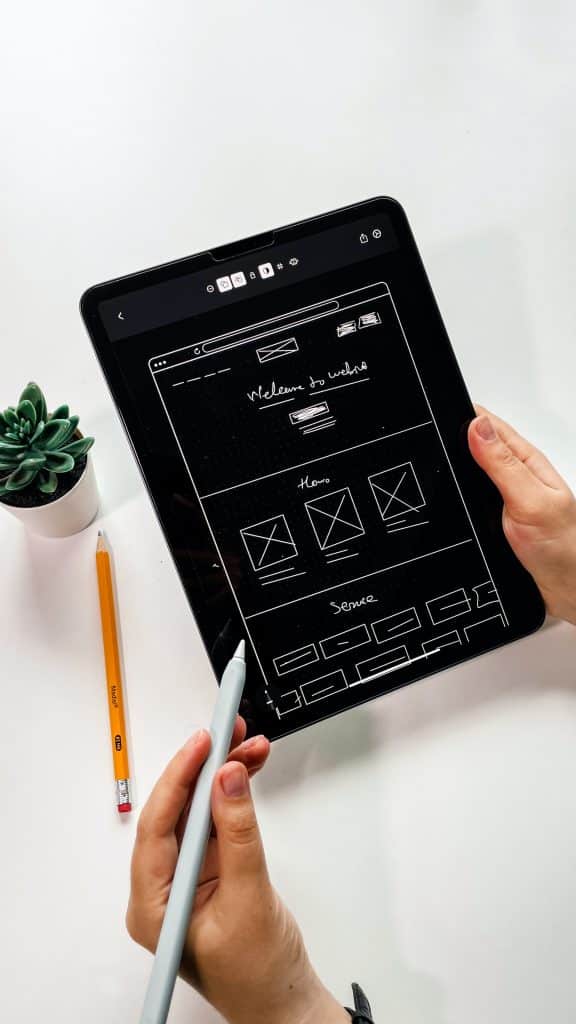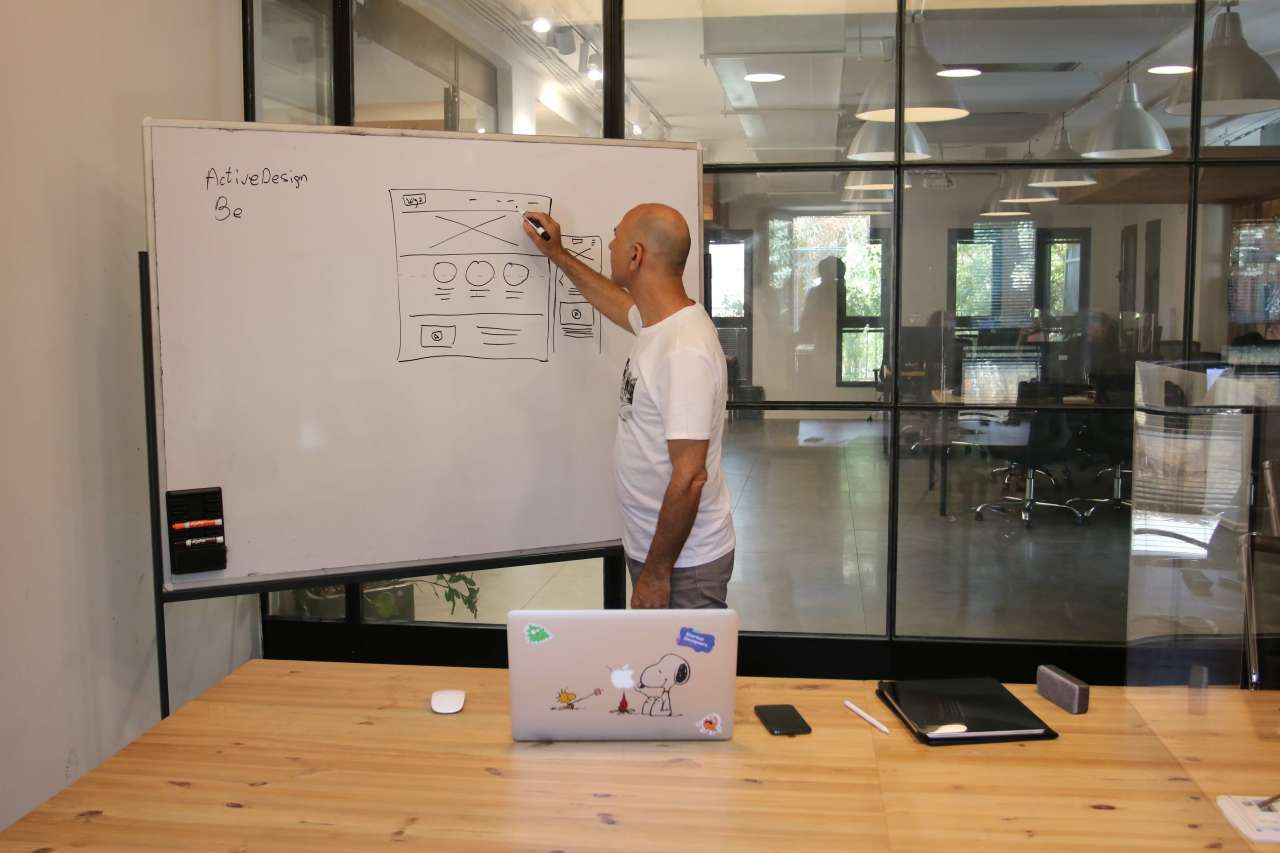While some creative careers can allow for self-learning or pure skill, Ux Ui designers tend to have more technical knowledge that is often best taught in some type of formal classroom setting, whether that be a college program or online course.
Either way, following these steps and really immersing yourself in the world of Ux and Ui design is extremely helpful when building your career in this technical field.
If you want to become a Ux Ui designer follow these steps:
As we said, you’re not going to be simply born with Ux Ui design skills. If you want to succeed in this field, you need to understand user research, wireframing, prototyping, and responsive web design.
If you don’t want to spend years in a formal program for Ux Ui design, you’ll be happy to hear that boot camps and online learning platforms are becoming increasingly popular for learning these skills.
With these styles of learning, you can get a hands-on, immersive experience, which is extremely helpful for Ux Ui in particular. The more you study how users interface with products and web design, the better you’ll become at designing.
During your schooling, regardless of whether you take a formal course or a boot camp, you will likely use the software necessary for Ux Ui designers. This can include Sketch, Illustrator, Adobe XD, Axure, and Figma.
It’s worth including this as its own step because mastering this software will become key for success in this career.
Think of it this way: A chef can receive all the instruction in the world, but if they don’t know how to use kitchen basics and tools, they’ll likely struggle to become successful as a chef. The same analogy can apply to aspiring Ux Ui designers.
If you want to become a Ux Ui designer, you need to work on your own projects to develop your skills.
Your skills will develop as you gain experience and work on more projects, which is why it’s so important that you do not wait around for projects to come to you, but instead, take action yourself by working on your own projects.
In addition, working on your own projects will help you when it comes time to build your portfolio with content, which we’ll talk about in the next step.
Having a comprehensive portfolio is essential for a Ux Ui designer. However, keep in mind, just because we used the word comprehensive here does not mean you should stuff your portfolio with every design project you’ve ever worked on. Instead, you should only use your best/most impressive pieces of work.
In fact, you can take this a step further, and specifically research companies/clients you want to work with and cater your portfolio to appeal to them.
If you want to learn more about building your portfolio specifically for Ux Ui design, this portfolio guide for aspiring Ux Ui designers will help.
If you build your portfolio, put up a website, and then simply hope that you start getting work as a Ux Ui designer, you’ll likely be very disappointed.
Whether you want to work full-time with a company as a Ux Ui designer or you’re more so interested in working freelance, it is absolutely essential that you start reaching out to potential clients.
Just be sure that you’re applying to jobs that fit within your skillset. For example, if you happen to come across a Ui Engineer position, but you have no experience with coding, this is not a job for you right now. Instead, work your way up to positions and never stop learning new skills in this field.
By no means do you have to have everything figured out to start applying to jobs, but you’ll likely find that building up your skills in a slow and methodical manner will lead you to the best chance of success.
If you’re interested in learning more about Ux Ui design, we highly recommend this in-depth guide to build your Ux Ui design career.


